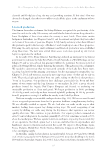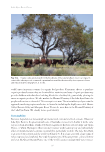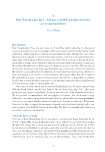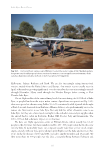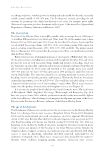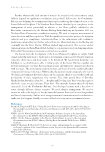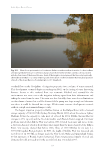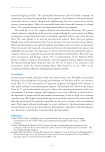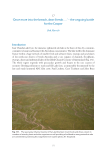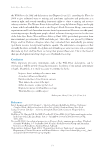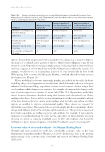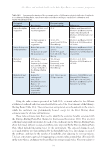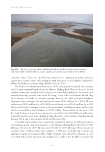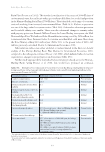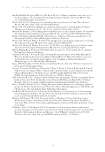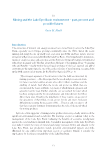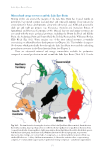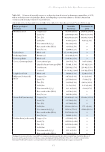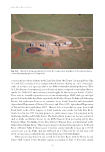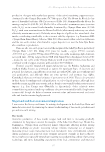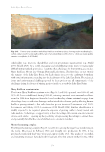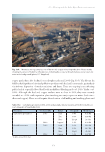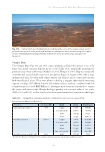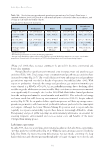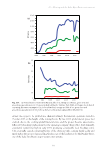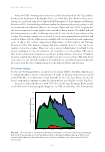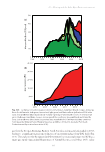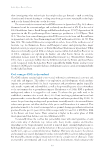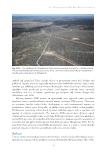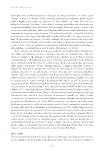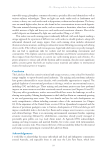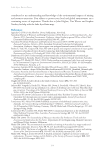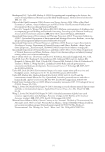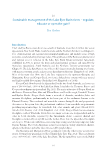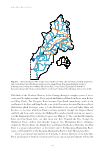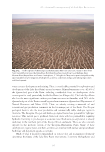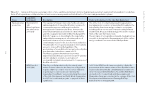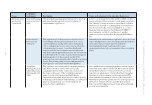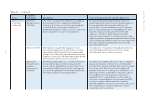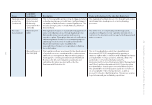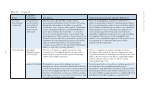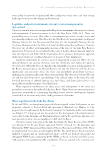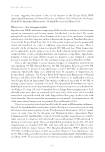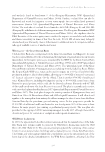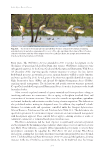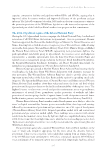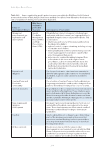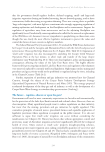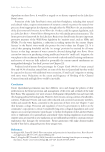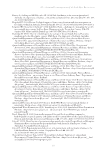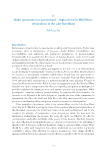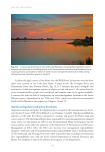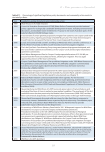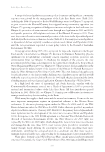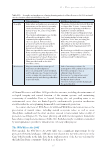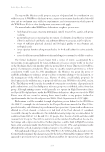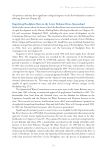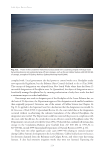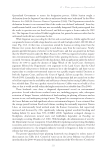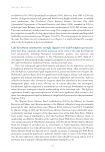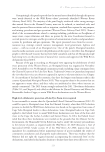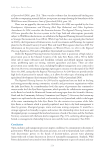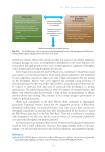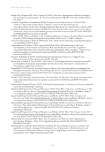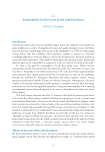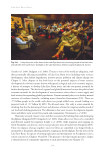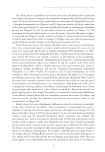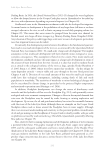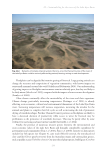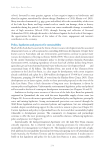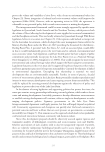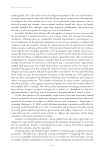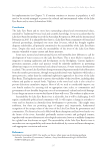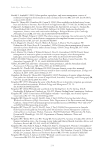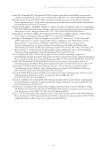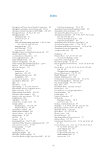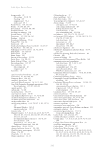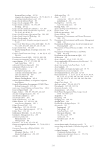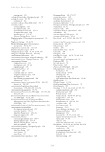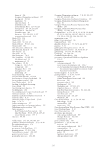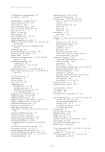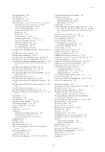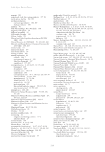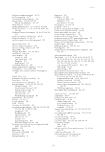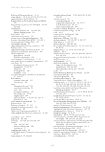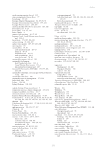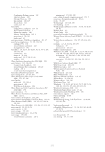1 – The Lake Eyre Basin – one of the world’s great desert river systems 11 Basin rivers are downstream of Windorah on Cooper Creek, and upstream of Birdsville, Goyders Lagoon and Eyre Creek in the Diamantina–Georgina system (Fig. 1.1). When the water reaches the floodplains, there is tremendous increase in algal (Costelloe et al. 2005 Bunn et al. 2006b) and plant productivity, with the germination and rapid growth of plants (Brock et al. 2006 Capon and Brock 2006). Invertebrates hatch from dormant eggs and proliferate (Boulton et al. 2006). These floodplains form vast areas for foraging fish, turtles, waterbirds (Kingsford et al. 1999), as well as many small terrestrial mammals and other animals (see Chapter 6). Native fish species respond much better to these floods than alien species do, capitalising on the widespread availability of invertebrate and plant food (Costelloe et al. 2010). Waterbirds arrive on the floodplain from nearby lakes or other river basins, sometimes from thousands of kilometres away (Roshier et al. 2002 Roshier et al. 2006 Kingsford et al. 2010). They breed in their thousands in these areas, utilising nesting areas provided by flooded vegetation. Colonies of ibis (Threskiornis sp.), egrets and herons (Ardea sp.) and rufous night herons (Nycticorax caledonicus) can return to traditional nesting areas on the floodplains of Eyre Creek and Goyders Lagoon. These floodplains dry within months (Kingsford et al. 2010), with many plants and animals completing their life cycles in this short time, and those more dependent on water moving back into waterholes or the lakes. The salt and freshwater lakes are widespread and particularly important for the ecology of the Lake Eyre Basin rivers. They include Lake Galilee in the north-east, Lake Machattie in the west and Kati Thanda-Lake Eyre in the south. They fill when the rivers or creeks run. For example, Lake Machattie fills from Eyre Creek while Lake Yamma Yamma fills from Cooper Creek. Kati Thanda-Lake Eyre fills from both the major river catchments, Cooper Creek and Georgina–Diamantina, as well as from the eastern flowing rivers and even creeks from the south. Some, like Lake Galilee, have their own internal catchment, which doesn’t connect with the major river systems. The lakes of the Lake Eyre Basin vary in salinity from freshwater lakes (e.g. Coongie Lakes and lower Cooper lakes) to highly saline lakes such as Kati Thanda-Lake Eyre (Fig. 1.2). Freshwater lakes are important areas for biodiversity, supporting large populations of waterbirds, fish, invertebrates and other organisms (Kingsford et al. 1999 Kingsford et al. 2010 Puckridge et al. 2010). Many of these lakes, even if within the major river system, can also fill from local rainfall and also become saline in the final stages of their drying (e.g. Lake Hope, Fig. 1.1 Kingsford et al. 1999). Once flooded, salt plays a particularly critical part in the ecology of the salt lakes it forces the clay particles to come together so they drop out of the water column by force of gravity, clearing the water. This allows sunlight to penetrate to the lake bed where aquatic plants (e.g. sea grasses) can grow in dense concentrations (Porter et al. 2006), contributing to incredible productivity for invertebrates and waterbirds (Kingsford and Porter 1994). These lakes, particularly where there are islands, provide habitat for colonies of Australian pelicans (e.g. Lake Eyre: Waterman and Read 1992 Coongie Lakes: Reid 2009). Importantly, salt and freshwater lakes often retain water for much longer than the floodplains – sometimes up to three or four years – providing a critical refuge for fish, turtles and waterbirds (Kingsford et al. 1999 Kingsford et al. 2010).
Downloaded from CSIRO with access from at 216.73.216.191 on Nov 29, 2025, 12:19 PM. (c) CSIRO Publishing








































































































































